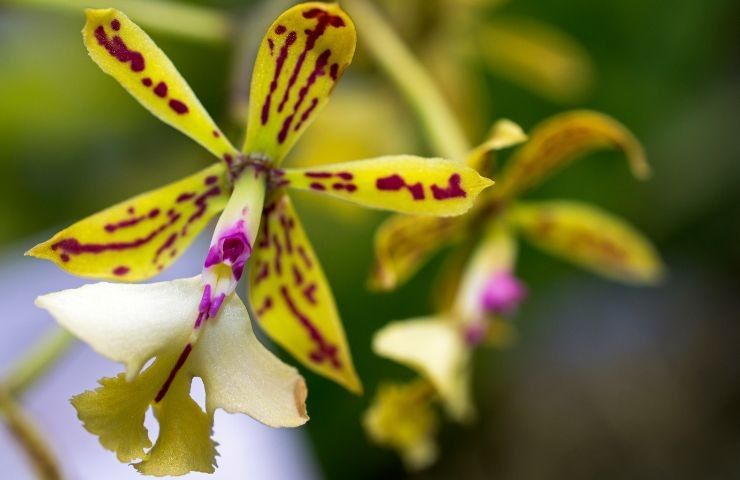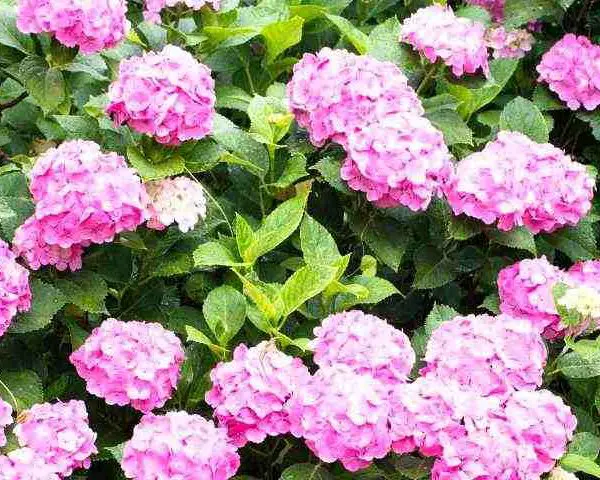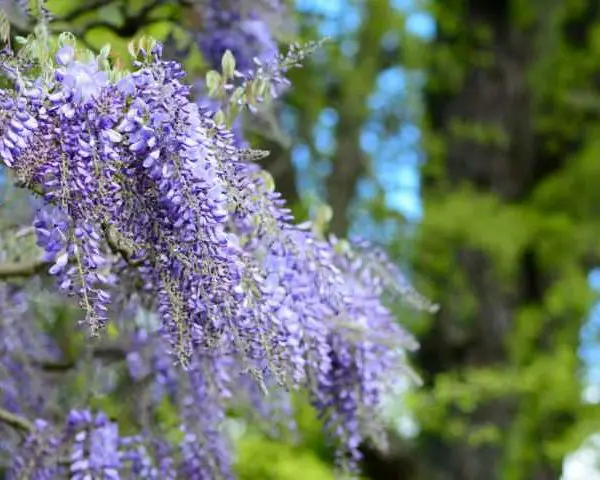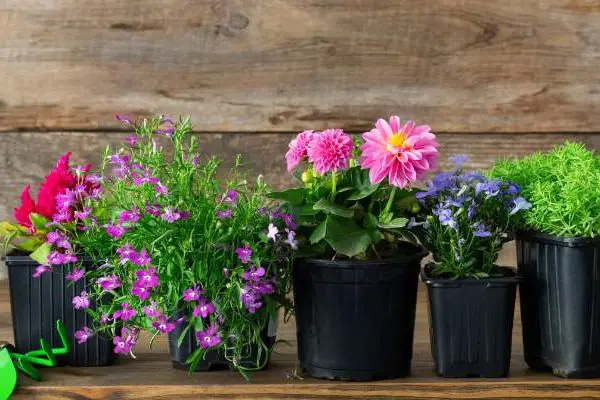If you’re a plant lover, the Epidendrum orchid is a must-have in your home! Known as the Ornamental Orchid, it produces clusters of stunning flowers in vibrant colors—red, yellow, orange, pink, and more. Unlike traditional orchids, which can be tricky to care for, Epidendrum is hardy, easy to grow, and highly adaptable.
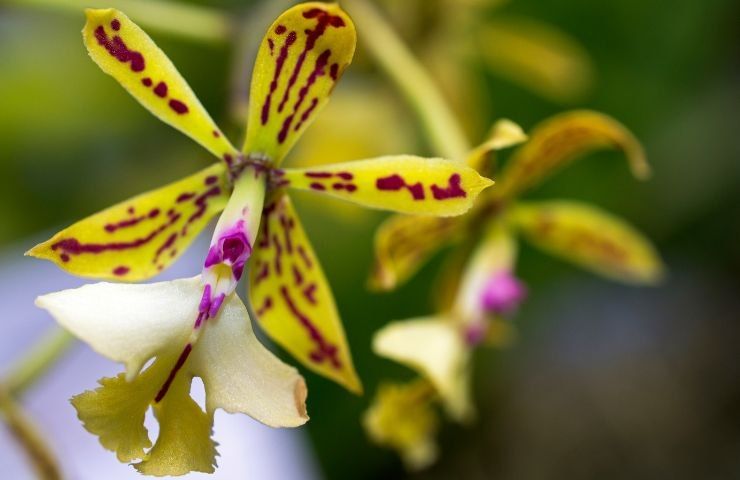
Let’s dive into everything you need to know to keep your Epidendrum healthy and blooming!
🌺 Why You’ll Love Epidendrum
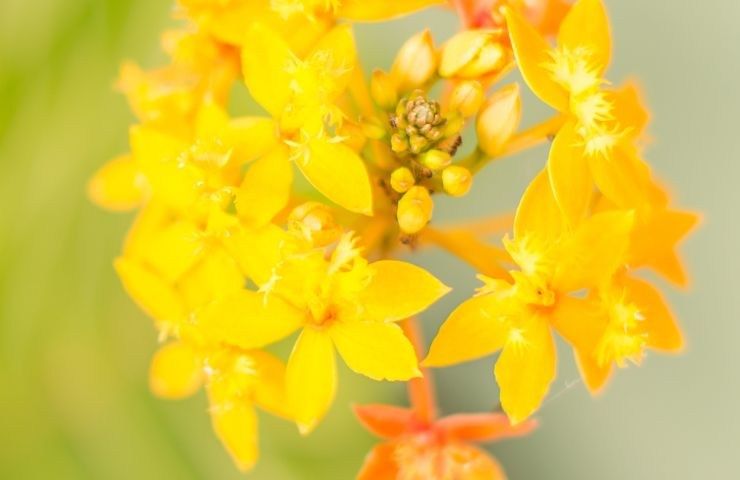
✔ Low maintenance – Easier to grow than classic orchids.
✔ Versatile – Grows in soil, on trees, or even on rocks.
✔ Beautiful blooms – Flowers in late summer, lasting for months.
✔ Hardy & resilient – Tolerates different environments, even roadside conditions!
💡 Did you know? There are over 400 species of Epidendrum worldwide, with about 10 varieties available in Italy.
🌱 How to Grow & Care for Epidendrum
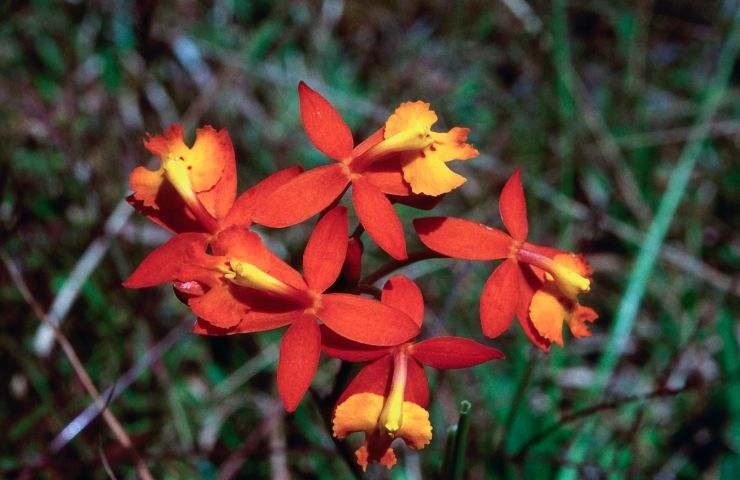
1️⃣ Choosing the Right Soil & Pot
Since Epidendrum thrives in a well-draining environment, use:
✔ Orchid bark – The base material.
✔ Perlite – Improves aeration.
✔ Charcoal – Helps prevent root rot.
💡 Tip: Avoid standard potting soil—it holds too much moisture and can cause root rot!
2️⃣ Light Requirements
✔ Place in a bright spot but avoid direct sunlight—especially during peak hours.
✔ Best locations: Near a south- or east-facing window with filtered light.
💡 Tip: If the leaves turn dark green, the plant needs more light. If they become yellow, it’s getting too much!
3️⃣ Temperature & Humidity
✔ Ideal temperature: 15–25°C.
✔ Keep away from cold drafts and heating vents.
✔ Prefers high humidity—spray the leaves regularly or use a humidifier.
💡 Winter care: Keep temperatures above 15°C for optimal growth.
4️⃣ Watering Schedule
💧 Spring & Summer: Water every 4–5 days.
💧 Autumn & Winter: Water every 8 days.
✔ Always let the soil dry slightly between watering.
✔ Avoid overwatering—this can cause root rot!
✔ If the leaves wrinkle, adjust your watering schedule.
💡 Tip: Mist the leaves occasionally to maintain humidity without drenching the soil.
5️⃣ Fertilizing for Healthy Growth
✔ Use a specialized orchid fertilizer every 10 days during active growth.
✔ Stop fertilizing when flower buds begin to appear.
💡 Tip: Too much fertilizer can burn the roots, so always dilute it before applying.
🐛 Common Epidendrum Problems & Solutions
1️⃣ Pests & Diseases
Epidendrum can be affected by:
❌ Scale insects – Small, waxy pests on stems and leaves.
❌ Mold & fungi – Often caused by overwatering or poor air circulation.
🛡️ Natural Remedies:
✔ Marseille soap spray – Mix with water and spray on affected areas.
✔ Garlic solution – A natural antifungal treatment.
✔ Neem oil – A great organic insecticide.
💡 Tip: Regularly inspect the plant to catch infestations early!
🌸 Final Thoughts
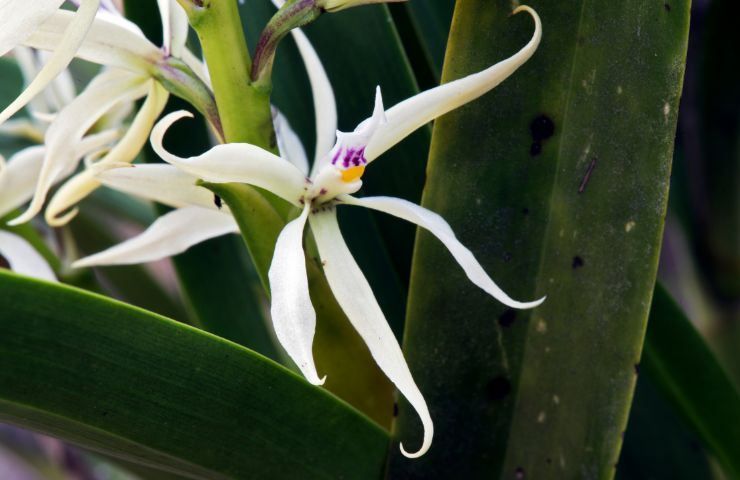
Epidendrum orchids are low-maintenance, resilient, and rewarding. With proper care, they’ll grace your home with vibrant blooms year after year!
Would you like a step-by-step repotting guide or tips on propagating new plants? Let me know! 😊🌿
